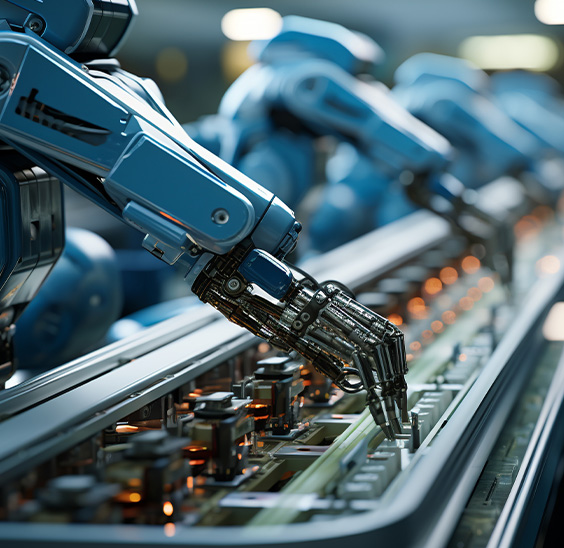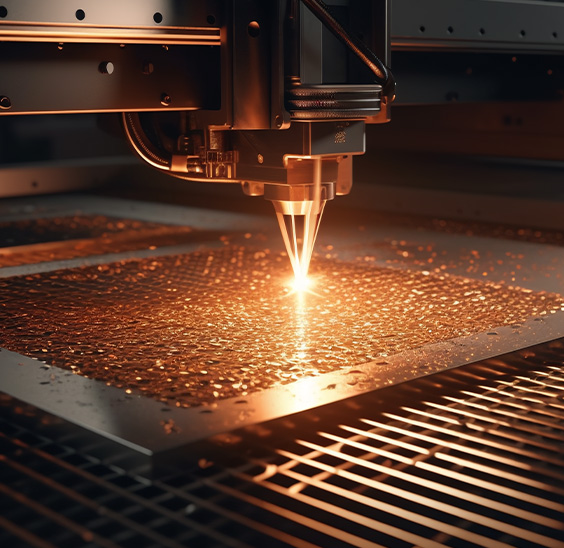How to choose a suitable servo motor reducer?
A servo motor-specific reducer is a mechanical device used to reduce speed when transmitting power in a motion system. The servo motor-specific reducer, also known as a reducer or precision gear reducer, mainly aims to increase the torque measurement value generated by the power input, reduce the input speed of the servo motor, and expand the available power. The input speed of the servo motor can be adjusted through this reducer and can provide the correct speed and torque for the output.
The shape and size of servo motor-specific reducers vary, and some widely used servo motor reducers are gearboxes. Servo motor reducers are very common in various machine and manufacturing applications, such as operating beds and tables, MRI machines and medical instruments, printing equipment, food processing industry, window and office equipment manufacturing, vending machines and automatic welding machine applications.
How does the servo motor-specific reducer work? Working principle of servo motor specific reducer: The servo motor reducer can handle input power, reduce speed, copy torque, and achieve ideal output. Because the output gear has more teeth than the input gear, the system can reduce the speed and increase torque. This characteristic makes the outer gear rotate slower, so the servo motor reducer can reduce speed but increase torque at the same time. The required torque is an important factor in the servo motor reducer system. Although determining the required torque is relatively easy in simple machines, it may be difficult in some complex and complex applications when various other factors need to be considered simultaneously. For example, in operation, resistance, friction, gravity, inertia, and other physical factors that will significantly affect motion must be considered to generate appropriate torque to adapt to them. When calculating the sufficient torque of the servo motor reducer, it is necessary to determine the friction coefficient and inertia during the acceleration and deceleration process.
In some cases, torque, radial load, and speed may not meet your needs simultaneously, so choosing a suitable servo motor reducer is not easy. Reducers can be used in a wider range of dynamic applications, providing better operating coefficients. In addition, installation and maintenance are also important for extending the service life of the equipment and optimizing the operation of these gear reducers. Servo reducers can be subdivided into the following types: pulleys, sprockets, gears, and friction drives. Among these mechanical reducers, the common ones are gear transmission and gearbox, which are electrically enclosed transmission reducers. There are two types of gearboxes for servo reducers: straight and right angle.
When selecting a servo motor-specific reducer, the specifications should be determined to improve the size and installation of equipment. Factors to consider include horsepower, high torque, service factors, efficiency when changing ratios, installation space and location, connecting components and tool lifespan. For some complex machines, the magnitude and impact of backlash, stiffness, inertia mass, and power transmission faults should also be taken seriously.


 EN
EN  English
English 中文简体
中文简体 русский
русский Español
Español


















